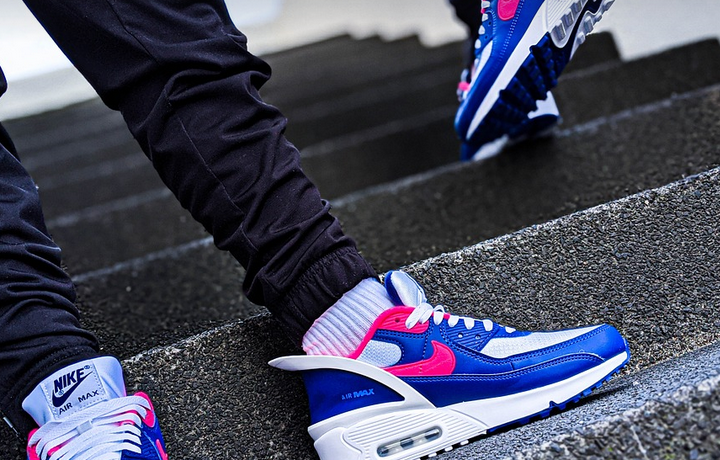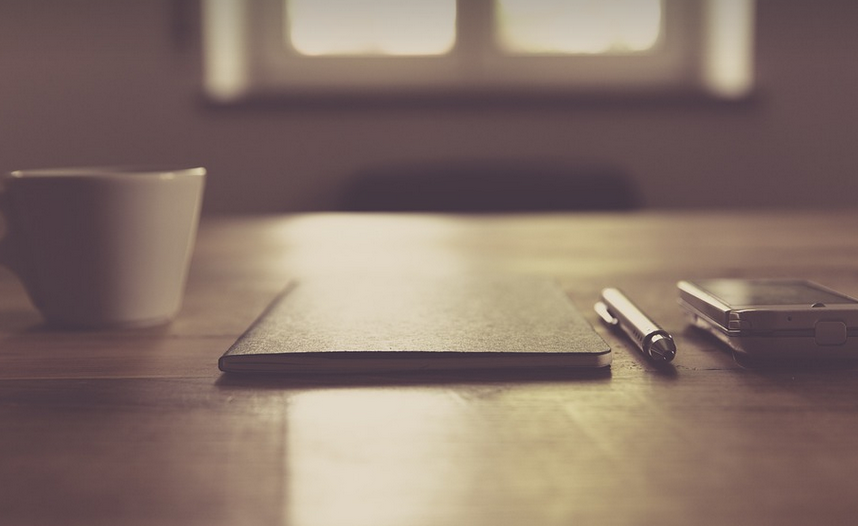Traditional Male Muslim Clothing: A Journey Through Tradition

Exploring the World of Modest Dress
Traditional male Muslim clothing, often called “Islamic attire”, reflects a rich history and diverse cultural influences across the globe. It embodies modesty, respect, and unity within a community based on faith and principles outlined in Islamic teachings. For many Muslims worldwide, dressing modestly is an integral part of their daily lives and a way to honor their faith. This article explores the roots of this tradition, delving into the various types of clothing commonly worn by men and their cultural significance.
The origins of this attire can be traced back centuries, with influences from Arab culture, Persian traditions, and Ottoman influence. These cultures have played a significant role in shaping how different regions understand Islamic dress.
In the broader context, the essence of traditional male Muslim clothing is rooted in the Quranic emphasis on modesty, which encourages men to cover their bodies as a sign of humility and respect for Allah (God). This emphasis resonates with many Muslims around the world who choose to adopt this practice for both personal and cultural reasons.
While a common visual element across Muslim cultures is clothing draped from head to toe, it’s crucial to remember that there are diverse interpretations of what constitutes “modest” attire.
Some countries see traditional Islamic clothing as a statement of faith and pride, while in others, it may be more about practical considerations or cultural norms.
For example, the hijab, typically worn by women, carries its own set of meanings and interpretations within the Muslim community.
Understanding the Key Components
At the heart of this tradition lies a diverse range of clothing items, each with its unique symbolism and practical function.
For instance, “Thobe**”** has become a staple in many Muslim countries. This loose-fitting garment is often a long robe, typically open from the neck to the chest. The Thobe’s design speaks volumes about cultural traditions.
In addition to this, it can be worn with either **”Dishdash”** or **”Ghutra”**. These are both essential accessories that contribute significantly to the overall aesthetic and practicality of traditional Muslim attire.
The “Dishdash,” a piece often worn by men in many parts of the Islamic world, typically features a longer, looser sleeve length than a Thobe. It serves as an excellent example of how tradition plays a significant role in shaping clothing choices for Muslims today.
The “Ghutra” is another integral part of the traditional Muslim men’s wardrobe; it essentially represents a form of head cover worn by many. It often forms a distinctive component in their attire, especially when combined with a Thobe and a Dishdash.
A Glimpse into Different Cultures
Beyond these core pieces, different cultural traditions contribute to the overall visual tapestry of Muslim men’s clothing. For instance, you’ll find:
- **”Shalwar Kameez”:** This iconic Pakistani garment is often favored for its comfort and versatility in everyday life.
- **”Kurta Pajama”:** A popular choice in India and South Asia, known for its easy-wearing style and cultural significance.
- **”Jilbab”:** A long-sleeved, loose-bodied garment worn by some men to cover their entire body from head to toe.
Each of these styles demonstrates the diverse cultural influences that have shaped the evolution of traditional male Muslim attire.
Respecting Tradition: The Modern Perspective
While certain aspects of traditional clothing are deeply rooted in Islamic principles and cultural traditions, modern interpretations offer flexibility and individual expression within the framework of modesty.
Today, many Muslims find ways to adapt their attire for specific situations or contexts while always keeping in mind the essence of modesty. These adaptations often reflect a desire to blend tradition with modernity while staying true to one’s faith.
For instance, younger generations might choose to experiment with subtle updates to traditional styles, such as incorporating more contemporary colors and patterns into their clothing choices.
It’s important to recognize that the essence of Islamic dressing remains a personal journey for those who choose to embrace it as part of their faith. The choice to wear traditional attire, whether in its entirety or adapted, is ultimately a matter of individual choice.
The Importance of Cultural Sensitivity
Navigating the world of Muslim clothing requires sensitivity and respect for differing cultural and religious perspectives. Remember that there isn’t one single answer when it comes to how men wear traditional Muslim attire.
When engaging with people from different cultures, it is essential to understand their unique traditions and respect their choices without judgment or assumptions. When in doubt, open communication and a willingness to learn are key steps towards fostering positive understanding and respectful interactions.
**It’s crucial to remember that personal expressions of faith through dress can vary significantly across different cultures, regions, and even within the same community. Approaching this topic with respect for cultural diversity is essential.**


